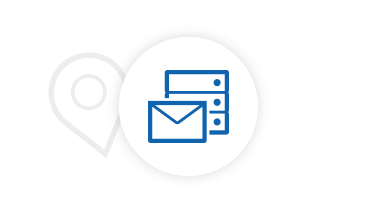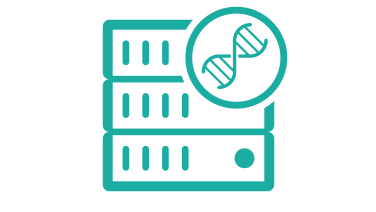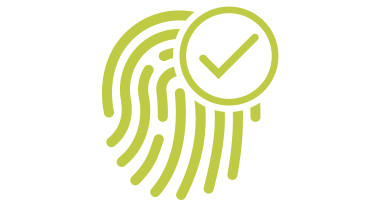For customers who do not want to operate their own mail server in the Open Telekom Cloud, we offer free anti-virus and anti-spam functionalities for your outgoing email traffic with the Secure Mail Gateway. The service thus prevents your sender IP from being put on a blacklist of unwanted senders by anti-spam databases and from getting blocked. In this way, the Secure Mail Gateway protects your reputation and ensures secure delivery of your customer mailings.

Not only the anti-virus and anti-spam function ensures secure email marketing. In addition, the Sender Domain Check protects against misuse and the blacklist monitoring alerts you to entries in blacklists.
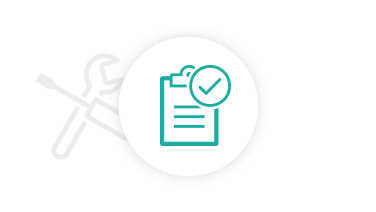
The Secure Mail Gateway can be set up in just two simple steps. If you already operate a mail server outside the Open Telekom Cloud, you can continue to operate it almost unchanged.
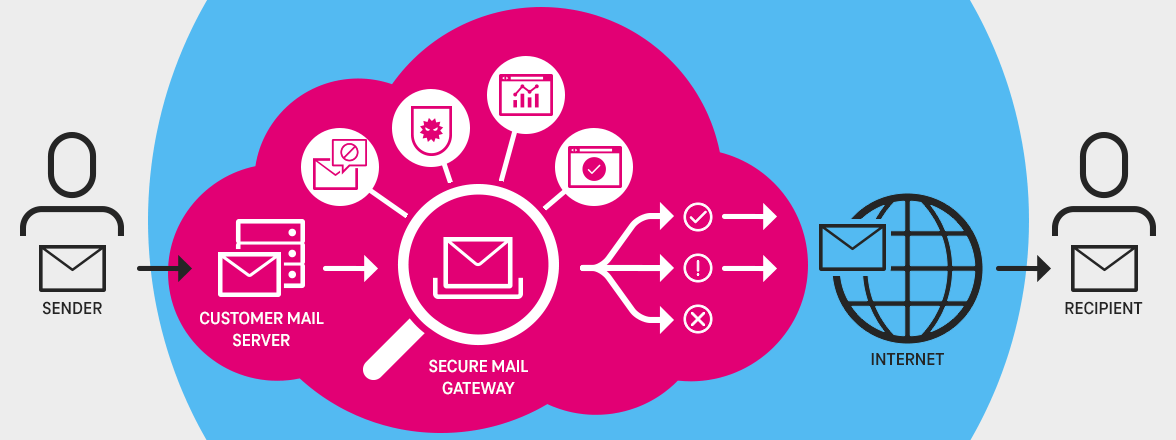
Good/Bad routing prevents you as the sender from permanently ending up on block lists of anti-spam providers. It first checks the email to be sent and assesses how likely it is to be considered spam. If the message is inconspicuous, it is sent via one of the "good" gateways. In the case of suspected spam, on the other hand, this suspicious email is sent via the "bad" gateway. Then there is a higher chance that the gateway will be put on a block list. Should this occur, the Support will check whether this can be remedied. However, there is no guarantee of this.
Secure Mail Gateways check all outgoing mails for viruses. Messages that contain a virus are rejected. The sender of the mail receives a Non Delivery Report (NDR).
The automated blacklist monitoring checks the entries of ip blacklist service providers and informs you if your IP address has been included in a blacklist. For this purpose, a script is executed daily at 5 am. If it finds an entry, it informs the T-Systems service, which immediately, if possible, submits a deletion request to the respective blacklist provider.
This function protects against misuse by checking whether the sender address is a valid domain before sending a mail. This means that the domain has a public MX record or at least a public A record that assigns an IP address to the address. Mails with sender addresses that do not meet these criteria are discarded.
A forced TLS communication can be set up based on the sender and recipient domain. For mails at these set up domains, the connection between the mail servers is then compulsory TLS encrypted. (In the event of an error, mails are then directly rejected or withheld if no TLS connection is established with the external mail server).
* for new clients
Based on the sender domain, DKIM signing can be configured for outgoing mails. (This can be requested via Open Telekom Cloud Service Desk).
* for new clients
For more information, refer to the user manual or contact Open Telekom Cloud Service Desk.
We are happy to implement individual requirements. Talk to us! – Free of charge and individually.

